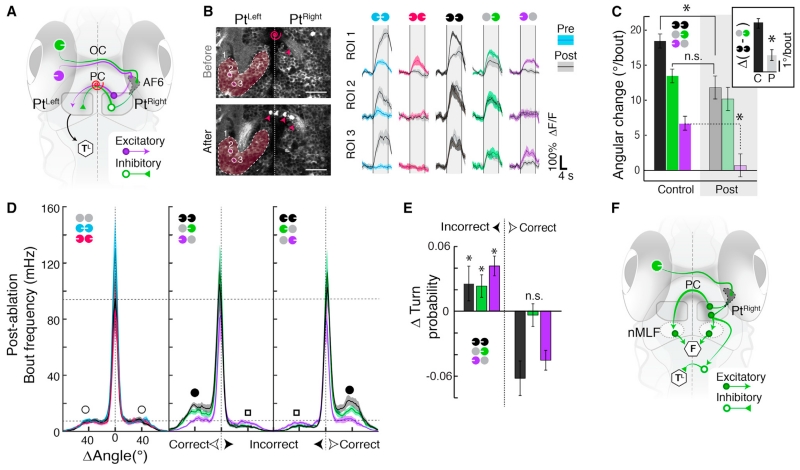Figure 4. Laser Ablation of Posterior Commissure Disrupts Binocular Integration.
(A) The posterior commissure (PC) connects the left and right Pt, providing a putative conduit for lateral excitation (purple arrow) and medial inhibition (green triangle). Red spiral, target for laser ablation. (OC) optic chiasm. (TL) motor center for turning.
(B) Left, anatomy before (top) and after (bottom) PC ablation. Red spiral, ablation site. Red arrowheads, bottom, tissue debris (compare to top). Right, average ΔF/F before (colored) and after (gray) PC ablation for the three ROIs. n = 6 stimulus repetitions. Vertical lines represent stimulus presentation periods.
(C) Average orientation change per bout in control (n = 38 fish) and ablated (post, n = 14 fish) animals. Inset, difference between coherent binocular and monocular medial responses (p = 6.2 × 10−5, unpaired Wilcoxon). C, control; P, post. Post-ablation monocular lateral versus static baseline, p = 0.2; Post-ablation coherent versus control monocular medial, p = 0.08. (*) p < 10−4, n.s., not significant, p > 0.05.
(D) Average histograms of absolute frequency per bout angle post-ablation (n = 14 fish).
(E) Change in peak turn probability (post-ablation minus control) for incorrect and correct turns. *p < 0.05.
(F) PC ablation reveals effect of medial motion on behavior. Medial motion activates the contralateral nMLF directly and the ipsilateral nMLF indirectly via the PC to drive forward swimming (F). Medial motion suppresses incorrect turns (TL) via the PC but also via other interhemispheric connections, potentially in the hindbrain.

